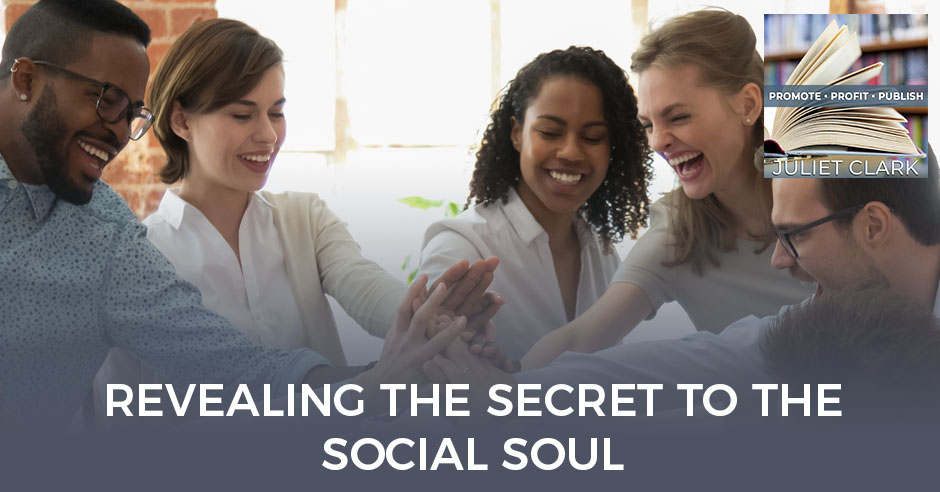
In these trying times brought to us by the pandemic, we all long for actual engagements. We want connections and open communication to feel valued, heard, and understood. Join your host Juliet Clark as she talks with Rob Napoli on the secrets to the social soul. Rob is an accomplished trainer, speaker, entrepreneur, and Chief Marketing Officer for a B2B SaaS scale-up. He shares key insights on being a good leader and growing your business. He emphasizes that being more engaged with your business will help you build more networks and strong relationships. Tune in and find out the secrets to the Social Soul!
—
Watch the episode here
Listen to the podcast here
Author Rob Napoli Reveals The Secret To The Social Soul
We have one of our authors with a very timely book that we’re going to talk to. Before we talk to Rob, I want you guys to remember to go over to YouTube, follow us and subscribe on Superbrand Publishing. If you’re someone who likes to watch video versus reading an article, you can see all of these people over there. Also, don’t forget to go over and take our Promote Profit Publish Quiz. You can find it at www.PromoteProfitPublishQuiz.com. Find out if you’re really ready to publish that book. Rob will tell us there’s a lot here. You have to have a strategy in place. What are you going to do to promote? How are you going to publish and then what’s next because that book is not a huge moneymaker? It’s a nurture tool, so you better have the next steps in place to make some money to get your ROI from the book.
Rob Napoli is an accomplished trainer, speaker, entrepreneur, business and career coach based in Brooklyn, New York. Rob’s journey has taken him from the Midwest to New York City by way of Milan, Italy, where he spent two years in Master’s scaling a global startup and coaching professional American football.
Help people become engagers first. Click To TweetRob is a continuous learner who creates engaging keynotes, programs, workshops, and curricula for early to growth-stage companies focused on sales, marketing, branding, GTM, talent development, and continuous learning. As a speaker, Rob has delivered workshops, keynotes, and panels for 200-plus entrepreneurs, companies, and founders in over 27-plus countries. He is passionate about training, coaching, and where to find the best whiskey bar in Manhattan. Rob, tell us about your new book, The Social Soul. Why did you write it?
The Social Soul is all about mastering personal and professional brands with authenticity and intentionality. The reason that it is a really big passion of mine is back in 2018, I was working for a company. I was a recruiter and I spent two years in New York after my two years in Italy. I started realizing that my network was stronger than I thought. I moved to New York because I’ve got a job here and I got an opportunity to go through an accelerator program, but I’d never been here. I needed to leverage the power of that.
I started learning a lot of lessons, and there was this big push about social selling at that time. Everyone has all the big influencers they were talking about and I was like, “This makes sense.” I leveraged LinkedIn. I do most of my sales on LinkedIn. That was such a big tool for me. I really started thinking about what that meant and that influencer culture started to slowly creep over from Instagram to LinkedIn and all these other things. I realized that I didn’t like social selling.
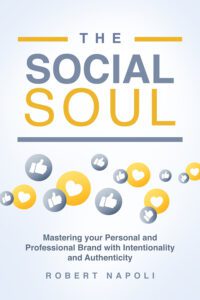
Social Soul: The Social Soul: Mastering Your Personal and Professional Brand with Intentionality and Authenticity
The name of the game was engagement. I was like, “There’s something here to it. We don’t need more people shouting into the world.” It’s like on this journey of testing across different platforms, thinking about engagement, talking to people and I did a keynote on it in Prague and the Czech Republic had an event.
This collection of experiences that there are so many people that are trying to be gurus and things of that nature and not enough people that really engage authentically, especially when we saw the pandemic and everything changed then with the book, but it’s just that this idea that we don’t need more gurus, thought leaders and authority figures, although you can classify as that but we need more engagers, real transparency, and connection. I wanted to write a book that helped people become engagers first and creator second.
That’s one of the things I found about social media, and some of the people I worked with wanted to be influencers. I found that a lot of the influencers weren’t really making the money that they said they were because they weren’t getting that engagement. The smaller people that were engaging, networkers, and relationship builders were the people that had strong businesses. How does that relate to the book and what you’re doing with it?
We were in that influencer culture. We moved from influencer to the creator culture, and now we’re really seeing the creator to engager culture. The thing that comes down to is networking and building strong networks has always been a key piece of growing a business and many people fail to do that online. It’s been something that people have failed to do. I was thinking, “Why are so many people afraid to engage and provide value in their social sphere or in their online worlds? Why do we have to put our best foot forward all the time? Why can’t we be real humans that we are every day when we show up?” That is what I wanted to show. It’s okay to talk about things and lessons being learned and it’s okay to not always be right.
When you start seeing those that do this really well and they put time, energy, and effort into framing it up. I have more friends and people on my personal board of advisors that I’ve never met in real life than I have met in real life. I’ve created such an amazing group of people that I’ve never had the opportunity to meet but I’ve gotten so close with them because I’ve engaged in their content. I’ve reached out to them and asked. We’re afraid to ask for things. We’re afraid to ask people that we want to learn from. Hopefully, this helps people not be afraid to be their social self, show that they truly are, go ask for what they want, and build those solid relationships day in and day out.
When we talk about authentic, people are out there and they have flashy marketing and big funnels. I don’t think they realize that a click is not a relationship. How do you take that online and build that engagement into a relationship?
Networking and building strong networks has always been a key piece of growing a business. Click To TweetGen Z is entering the workforce, and Gen Z grew up in a hyper-connected world where they could Google everything. You can’t hide behind a flashy piece of marketing without somebody going in and doing behind-the-scenes look and be like, “That’s not real. That’s the stretch of the truth.” We need to start creating more marketing and collateral as humans because people buy from humans.
The idea behind this is to start thinking about how do you create more engaging content that’s real, actionable, people want to talk to and with, and to create more video content. That’s being more real with the type of content that you provide. We were pulling away from big companies to smaller startups, our personal brand is bigger than our professional ones.
We leverage that power. We fail to do that because we think of the old network marketing like old financial advisors, write you A, B, and C connections down, go talk to your parents, try to get them to sign up for this and buy from you. It’s more about how do you leverage this personal collateral you have, this personal network you have to get them excited or even chat with you and give them customer feedback.

Social Soul: There are so many people that are trying to be gurus and things of that nature and not enough people that really engage authentically.
The idea is to really leverage that power and bring them along into showing how your brand stands out. You then create content for your brand that connects with your consumers because you’re talking to them more, you know them better because they’re in your personal network, and you can find that content that’s going to tie the loops together, not just be a click of engagement but go to the heart of what your customer is looking for, the pain that you’re solving and providing value. It’s the ecosystem that you play at and not just, “How do I get somebody to click on my website or click on my thing that hopefully get them in a funnel and go from there?”
The clicks, you’re in your funnel, you’re getting stuck but you’re not really communicating. Entrepreneurs get the most value from actually listening and talking to those people who are potential consumers because then you have validation. It’s not just a click and a funnel. Its validation of it is what I think my brand is that perception reality because a lot of times, we get caught up in what we think our brand is, but the people from the outside don’t see it that way.
A lot of times, we build things on pain or problem that we may have or we see, and we get so into building more on that. We forget to keep asking, is this something that you even value? When I talk to entrepreneurs, I always ask, “Is there a solution necessary or accessory?” We saw a rise in accessory technology. You lay it on top of another and it helps one thing move faster and that’s awesome, but then the pandemic happened and people cut back on a lot of their tech stack. They realize, “We have so many things that we’re paying for and using for very little ROI.”
We realized now, “We’ve got to build things that are necessary, not accessory.” That’s really important, so that’s the first thing I asked them. “How do you know if it’s a necessity or not?” You need to continue to talk to your customers. There’s a brand that I buy from called Peel. It’s a cell phone case. Every time you buy from Peel, you get a gift from Marshall, the CEO. That’s a bit of a stock template, but it is cool. It has a little bit of a personal touch to it.
Now think of the CEO, Marshall, who set a video like, “I just wanted to drop you a quick video. Thank you so for buying from us. We hope that you found what you’re looking for. We hope you’re excited about your new case, and if there’s anything me or my team could ever do, don’t hesitate to reach out.” That’s valuable. If you start technology, you can track who opened and then you can start finding brand advocates, and then you reach out to them and say, “I appreciate you buy from us and take a look at the video, I just want to treat you that extra note. We’re here for you if you ever need us. Maybe we can collaborate on this or that, and we’ll give you an extra 15% off your next purchase if you do social posts.”
It's okay to not always be right. Click To TweetI think it’s one where somebody will not fail because it’s wash, rinse and repeat. That’s on the B2C product side versus B2B. There are different techniques and different ways to do that. It’s an example of how you could take one step further and have that added little personalized scale to your customer. That is an extra touchpoint. They see a human and they see a company that’s willing to go the extra step. Those are ways to add meaningful touchpoints across the life of your customer versus doing my funnel because they clicked on something and we’ll just spam them with a ton of marketing emails later.
That’s what it really is, the spam. I always send the things I’ve signed up for to a separate email from my business and personal because I still want it in there. It clutters it up but sometimes when I look at it and when I get my twelve emails every morning from all those places where I signed up, I start thinking like, “This is a lot. I bought something from you once.”
It’s a good and a bad thing. I never forgot this when I first took marketing lessons. You’ll never know when you need a pair of shoes. You’re never going to look at that email, but then the holiday times go around and a holiday party comes up and you say, “This company does shoes. I should take a look and see if they have any sales. I need a new pair for that suit that I’m going to wear next week.” That’s when you reengage with them.
Many of us, as consumers, we’re afraid of letting go of those things, so we get all those spam, but it still works. It’s a big marketing technique but it doesn’t actually get you advocates for your brand versus if I scaled that and sent of the more personalized touchpoint to them, thanking them and asking what they want to see and trying to create something there. I want to get more of advocacy out of them where maybe they don’t always buy from me, but they’re going to send five other people. This is where some of this stuff starts to tie together.
You see this in the B2B space as a CEO of a starting company, every time a client signs up with you, they should get a personalized thank you from you like, “I really appreciate it,” and then send your employee a thank you for signing that deal with that salesperson. Connect with that employee and connect with that customer on LinkedIn to have them a network. Maybe they never talked to you but they feel that they’re connected to the CEO of other business partners and that CEO reached out to them because they decided to come on board as a client. That’s an extra added nice, little personalized touchpoint that can mean all the difference in scaling your business and creating that network.

Social Soul: You can’t hide behind a flashy piece of marketing without somebody going in and doing behind the scenes. That’s the stretch of the truth. We need to start creating more marketing and collateral as humans because people buy from humans.
Who knows? Maybe they never reached out to you and a year later, “I really appreciated your team and your service and connecting with me. I’d love to come work for you. I’m moving companies and I’d love to bring you along.” You just never know what that might do for you. It’s an added piece that ties all loops together and creates a bit of that personalized feel in the way you do business. It’s why those that are great networkers and have figured this out win on a regular basis.
I am the queen of Thank You notes. You’ve already got the person’s address because you signed a contract with them. It doesn’t take more than five minutes to write a personalized note, thank them for their business, and send it out. They’re just little things you can do. Rob is talking about clicks, but if you have a service-oriented business, there are things you can do too that are beyond that click.
I run two service-oriented businesses and the way we create that engagement is every time somebody new comes into my network, I send them a thank you note like, “Thank you for being part of my network. Maybe you don’t know this about me, but my networking is very important and I’m highly engaged with it. If you’re interested in what I’m doing professionally, here’s the link to my company page. Please feel free to reach out. If we’d never chatted before, I want to get to know each other and want to set up a call. Here’s my Calendly link. Otherwise, let me know how we can be of service to you and I hope that my contents are relevant and I hope that I can provide value to you in some way.”
I’m setting the expectation early, “This is a chance for us to connect as humans.” If it’s a business opportunity and you want to talk business, you have the channel to do so from a service perspective. If anything else, let’s figure out how to collaborate and help each other as we both look to expand and grow together. Little things like that, even if it’s just a LinkedIn note, a voice note or a handwritten thank you note, those things go a long way, especially in service-based businesses where your name is everything because you don’t have a product to fall back on.
If a service breaks, unfortunately, that’s on you. If a product breaks, you can’t blame the product. I love that you do the thank you notes. I’m a Millennial and I’m very tech-savvy so I usually do it with a GIF, a voice note or a short video. Something personalized that thanks them for being a part of my network and being a part of my business.
People should not be afraid to be their social self and really show that they truly are and go ask for what they want and build those solid relationships day in and day out. Click To TweetIt’s generational differences too. I’m old enough to be Rob’s mother, so that’s what we used to do. It was the old-fashioned handwritten note. If I were my grandmother, I’d write you an entire letter every week.
I think what people forget is, think about the feeling when you get a handwritten note from somebody just saying thank you. It feels good. Handwritten notes mean something. People really appreciate that added touchpoint. People now more realize you write something out to anyone who puts a stamp on it, especially in New York, you’ll have to walk to the post office to drop it off. There’s effort involved in that. Most people realize that effort and they take that into account. I think handwritten notes are always a great way to say thank you.
I don’t know if you guys have a paper source near you but I have a paper source problem. I need a Betty Ford clinic for it, I spend so much money there, but it’s fun. It’s fun picking out the thank you cards as well. I really enjoy walking around that store and I happen to know I spend enough money there. They enjoy me as well. You were talking about putting stuff out to your network, and before we jumped on, your book went on for sale in presale and you were actually surprised at how many people from your network and outside your network bought already.
I went on presale and we announced it, so I’ve been building up some social collateral. I’ve helped a lot of people announce their releases or an event, shared a post and comments. Everyone is always like, “Rob, what can I do to help you?” I was like, “I’m going to hold that favor because when my book comes out, I’m going to ask you to engage with the content.” I gave fifteen people the first three chapters to do a first read. It was like, “You’ll get this and this.” I’m giving them a copy of it but I asked, “If you do that when the book comes out, you’ll also share it as a post to your network.”
I put my post out there on LinkedIn, Facebook and Instagram. LinkedIn blew up. I think it had over 8,000 views in the first twelve hours. There are 120 comments on there, and I come back to everybody and engage with them and make sure that they know that I’m thankful for that. I had about twenty reshares to that post across LinkedIn.
I had people tweeting me, texting me, sending me snapshots of the receipts of buying the book before Amazon stopped allowing that to happen. Some of the people that I haven’t talked to in years who sent me, “Rob, I bought the book. I’m so proud of you.” They send me a screenshot. Those are the people I haven’t talked to in a long time doing that.

Social Soul: You need to continue to talk to your customers to know if what you are building is necessary or just an accessory.
It was so exciting and I was super surprised at how quickly that popped that people in my network were paying attention, and even those that I haven’t talked to in a while would take that extra step to buy the book and then let me know they bought it and show me the receipt and just say, “I know we haven’t talked a lot but I’m really proud of you. I bought it. I’m excited about it.”
That’s something I was not expecting because that also shows that it’s really easy to get momentum from your personal network, but when you build the right personal network that has scalability, the idea is that people that aren’t even in my network are excited about it. We drive that growth, you’ll get to touch more people and get the book in front of them. It’s a short, easy read, and it’s very on-brand for me. It’s not meant to be a playbook or anything. It’s meant to be a guiding light to give people the confidence to be an engager and how they can leverage the network at their speed for what works for them in this digital age because it moves fast.
What’s the hardest part of the book journey for you?
There are two biggest hardest parts and I’ll break them out because they both tie to the same thing. One was actually writing it. I started this journey in 2018. I got the outline and started writing it. Pandemic put it on hold. I brought it back and changed a lot of it. I tried writing it like a book. I remember I got through the first six chapters, I re-read it and I hated it. I hit control-alt-delete and I deleted the whole thing. Before that, I did keep the prompts that I had to myself, and then I started writing. I stopped writing a book and just wrote free-flowing. That took me a month. I think it had to do with my imposter syndrome of reading what I saw and not liking it.
Go to the heart of what your customer's looking for, the pain that you're solving and providing value. Click To TweetThe second hardest part of the book journey was as we were getting to approve everything to get this thing published, I started to hit that like, “What if the book is not perfect? What if I’m missing something? What if it’s not going to hit?” That imposter syndrome pop back up again in a sense that different times and different stages of writing are a process and you have to overcome.
There’s a lot of noise out there. If you spend too much time looking at what other people are doing and reading all these things, it’s easy to doubt yourself. You have to realize that you’re not going to please everybody and you have your spirit of influence and your experience that led you to be this authority figure to write this book.
You just need to put it out there and feel confident that you put the time, energy, and effort into it, and those that are attracted to you and your energy is going to enjoy the book. That was really hard and it happened in two different phases in the writing process, but then in the publishing process. Those were both tough parts to manage for me.
We have a new magazine and Rob will be in it. You guys can go over and download a copy of it called Breakthrough Author. We actually have our first issue and it has an article with Jen Koch, who talks about imposter syndrome because Rob is not the only one. I literally watched completely competent people with strategic plans and great ideas melt before my eyes sometimes.

Social Soul: If it’s a business opportunity and you want to talk business, you have the channel to do so from a service perspective. But if nothing else, like let’s, let’s figure out how to collaborate and help each other.
The weeks before the book comes out, they just get that overwhelmed feeling. The thing about imposter syndrome that’s so awesome is it’s nothing more than you up-leveling. It’s almost God or universe or whoever you believe in says, “We did this, but now you’ve got to grow if you want to get to that next level and you wrote this book to get to the next level.”
It’s also scary. You’re putting something out for people to judge with your name on it in a print-on paper where it can be marked up and shared. There is a level of fear there. Zig Ziglar said it best, “What is an expert? Ex is former something and pert is a lot of stuff.” It’s a saying like, “An expert is somebody that’s looking in the past. You’ve got to always be looking in the future.” That’s why I say I’m a continuous learner. Once you put something out like this book, I’m excited about it. I finally have a copy of my hands, which is amazing.
I know in years from now, it’s going to be out-of-date and there are going to be many things that I’m going to go back and be like, “I missed the boat on that or I really hit the nail on the head there and so much has changed since then.” When you put that in perspective like that, it overcame my fears of like, “This is a start of a journey and I’m going to be able to level up and use that up-leveling to do bigger, cooler, better things, and make a bigger impact through the stories that I share and the work that I do.”
Handwritten notes are always a great way to say thank you. Click To TweetI’m going back years ago, I wrote mystery novels, and it’s so funny because if you’d asked me to talk about imposter syndrome, people would say, “Give me the name of the book. I want to read it.” I’m like, “They were crappy mystery novels.” As we were editing and going back through, my daughter is one of the editors on Dead By Dawn, and she’s reading and she’s like, “This is a great story. How come I never knew you wrote? How did you come up with that?” We don’t understand the gifts we have at the time until we really start looking at them and embracing them. Where do we find you and where do we find your book?
You find the book on Amazon or Barnes & Noble just put in The Social Soul and my name, Robert Napoli, and it should come up. You can find me on LinkedIn, Rob Napoli. It’s really easy to find me.
Thanks so much for being on.
I absolutely appreciate you.
Important Links
- Superbrand Publishing on YouTube
- www.PromoteProfitPublishQuiz.com
- The Social Soul
- Peel
- Dead By Dawn
- Barnes & Noble – The Social Soul
- Rob Napoli – LinkedIn
About Rob Napoli
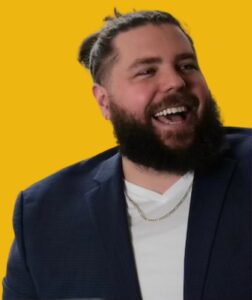 Rob is an accomplished trainer, speaker, entrepreneur, and Chief Marketing Officer based in Brooklyn, NYC. Originally from the Midwest, his journey has taken me from my hometown in Kansas City, Missouri to New York City by way of Milan, Italy. My career started in recruitment within Fortune 500/Forbes 100 companies before moving to Milan, Italy to pursue a Masters in International Multi-Channel Marketing, where I also spent two years working for a global e-commerce startup and coaching professional American Football. I moved to New York years ago and have to work for a large global corporate before transitioning over to training and development for startup and growth-stage founders. Now, Rob is a Speaker, Trainer, and Chief Marketing Officer for a B2B SaaS scale-up.
Rob is an accomplished trainer, speaker, entrepreneur, and Chief Marketing Officer based in Brooklyn, NYC. Originally from the Midwest, his journey has taken me from my hometown in Kansas City, Missouri to New York City by way of Milan, Italy. My career started in recruitment within Fortune 500/Forbes 100 companies before moving to Milan, Italy to pursue a Masters in International Multi-Channel Marketing, where I also spent two years working for a global e-commerce startup and coaching professional American Football. I moved to New York years ago and have to work for a large global corporate before transitioning over to training and development for startup and growth-stage founders. Now, Rob is a Speaker, Trainer, and Chief Marketing Officer for a B2B SaaS scale-up.
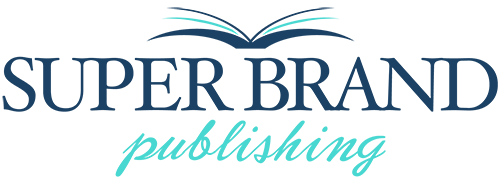

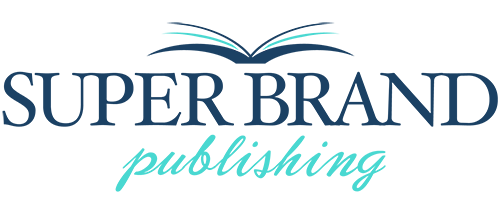
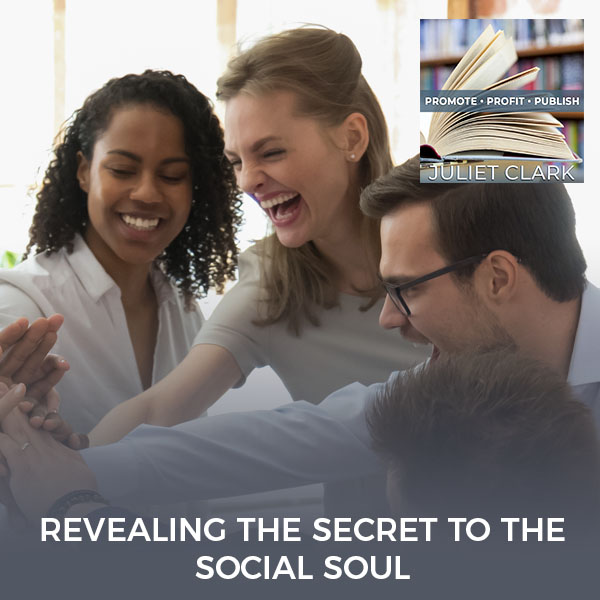
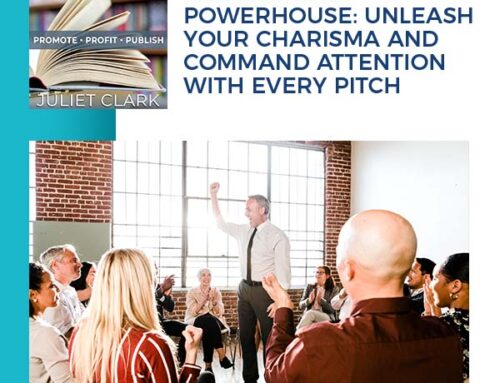
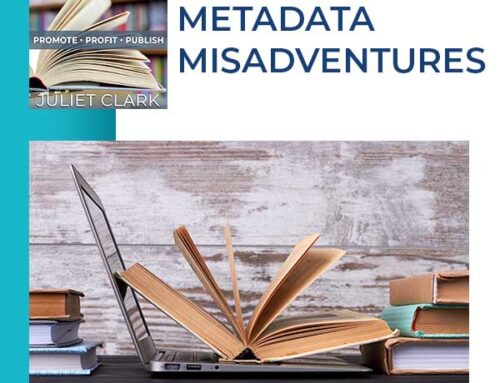
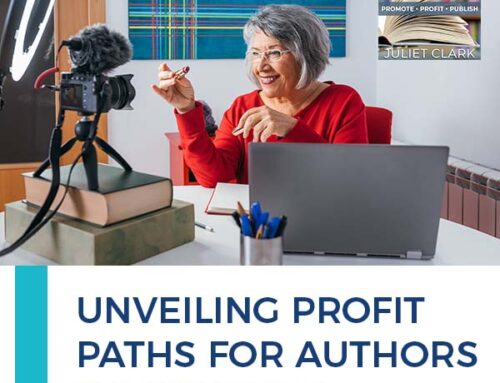
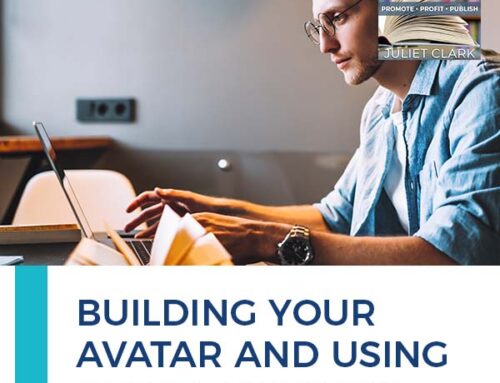
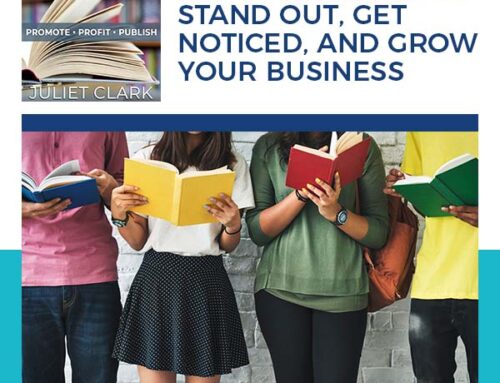
Leave A Comment